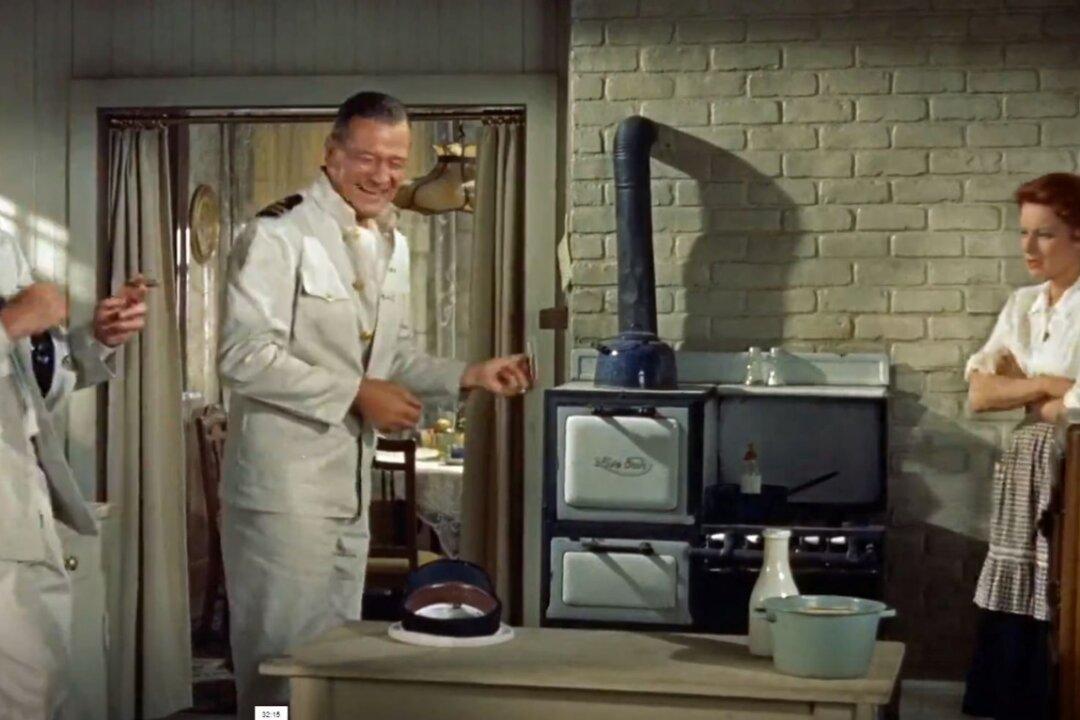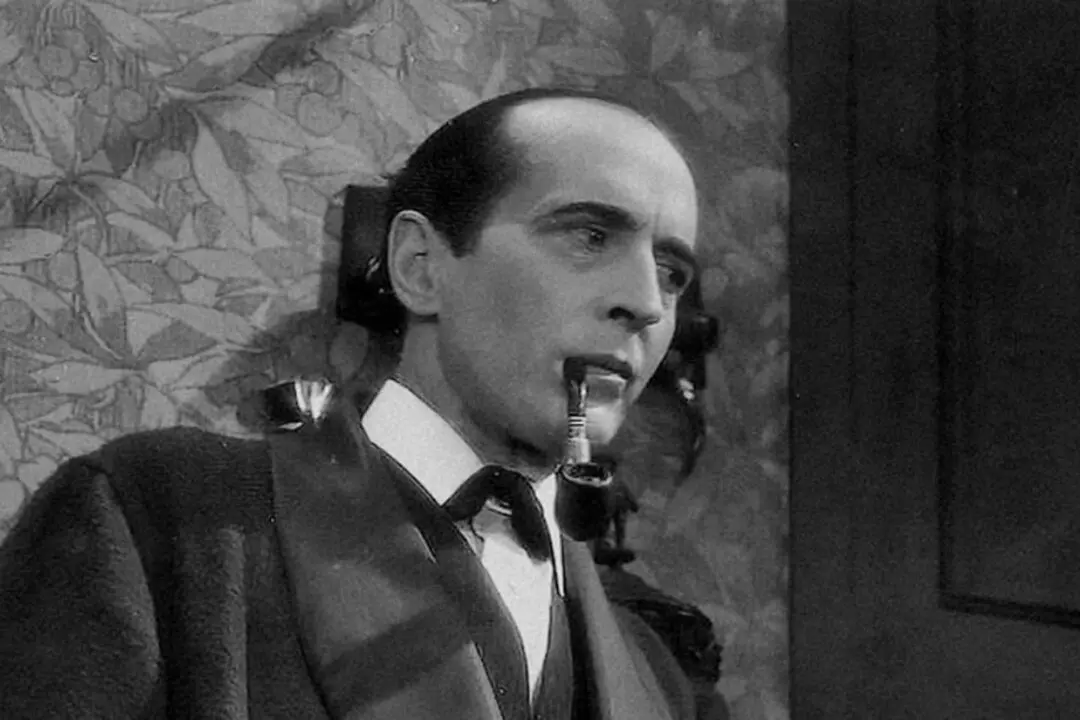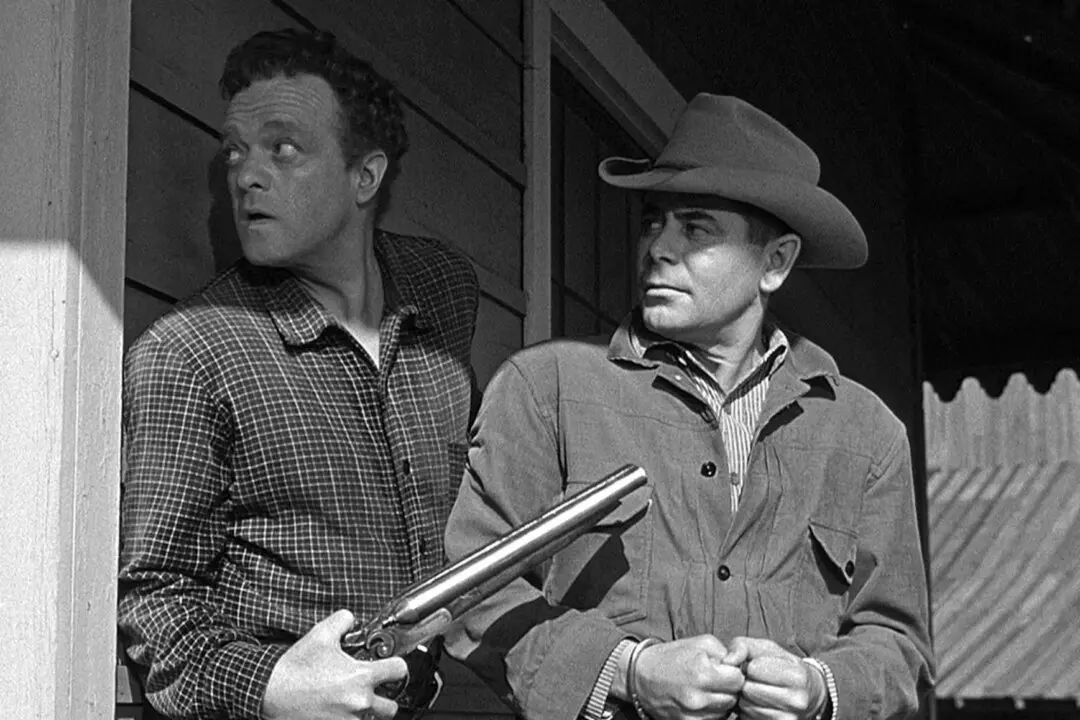Approved | 1h 50min | Biography, Drama, War | 1957
One of John Ford’s more sentimental films, “The Wings of Eagles” is a biopic about Ford’s friend and frequent filmmaking collaborator, Frank “Spig” Wead. Ford was inspired to make this 1957 film 10 years after Wead passed away, as a dedication to his friend.






